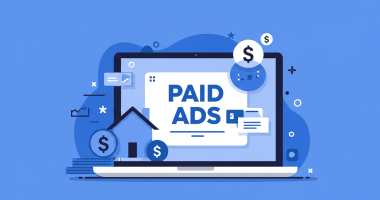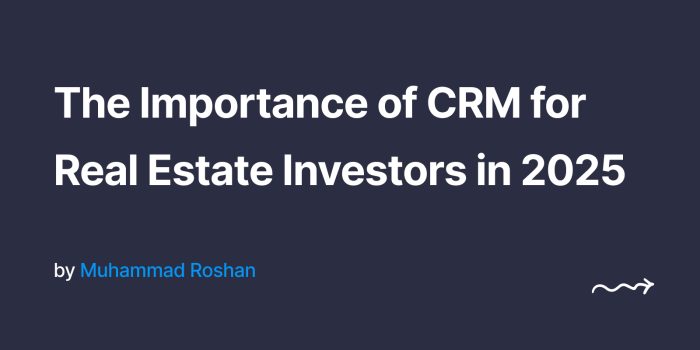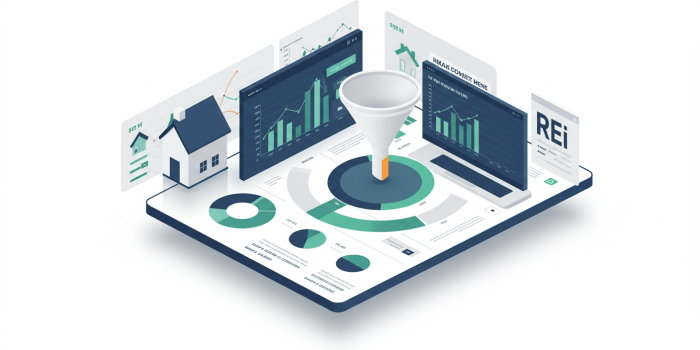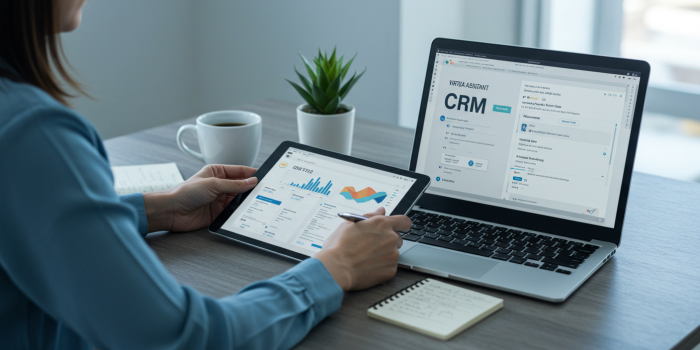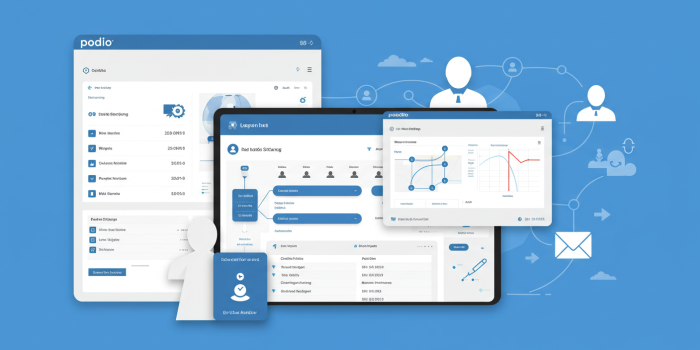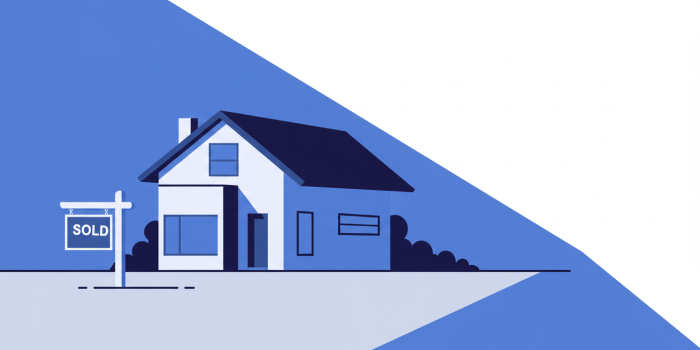Paid Ads Can Transform Your Wholesaling Business—If You Play It Smart
In today’s real estate game, attention is everything. Sellers have options. Buyers have information. And wholesalers face competition like never before. That’s why paid advertising matters more than ever. Whether it’s Facebook ads, Google PPC, or YouTube campaigns, smart paid ads drive consistent, motivated seller leads. However, many in the real estate wholesaling business burn cash because they lack a real strategy. They throw money at ads, get leads, but lose them. This is because they have a poor follow-up and no system.
This is where REI Podio CRMs changes the situation. It’s not just about generating leads. It’s about managing, tracking, and converting them to useful data. By combining an efficient paid ads strategy with the structure of Podio CRM, you turn marketing dollars into contracts. And you don’t just guess—you scale based on real data. If you’re serious about using paid ads to grow your real estate wholesaling business, you must move beyond basic ads and build a complete system. Otherwise, you’re just donating to Facebook’s profits without anything to show for it.
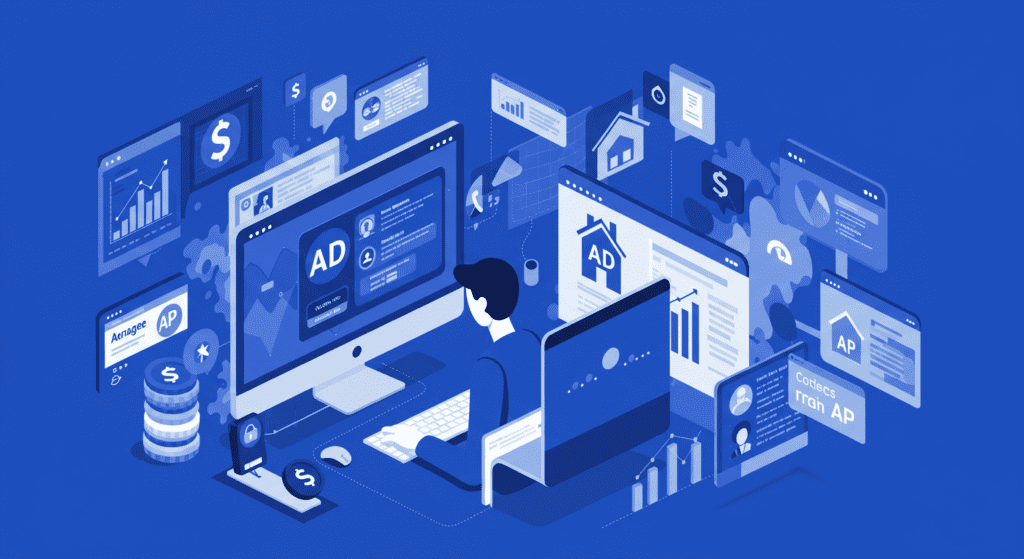
Why Paid Ads Work for Real Estate Wholesaling
Paid ads allow you to target motivated sellers at scale. Unlike direct mail or cold calling, you reach sellers where they already are—online. People facing foreclosure, probate situations, job relocations, and inherited properties often search for solutions online first. When your ad appears in front of them, you are positioned as their fastest way out.
The beauty of paid ads is consistency. You control the faucet. You can turn lead flow up or down based on your budget and capacity. No other channel gives that level of control. However, to win with paid ads, you must respond fast. That is why a smart CRM like Podio for real estate is essential. Leads expect quick answers. If you take hours to respond, they move on to another investor. With REI Podio CRMs’ automations, every lead is instantly entered into your pipeline. Follow-ups get scheduled. Team members get notified. And the seller feels like they’re your top priority. This is what separates pros from amateurs in the competitive world of real estate wholesaling.
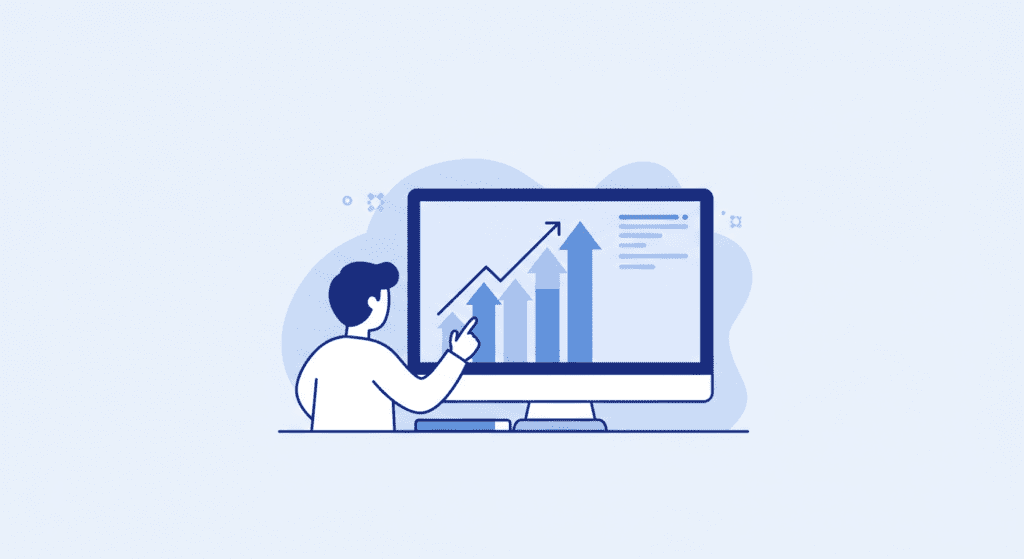
Podio CRM Turns Paid Ads Chaos into Lead Management Mastery
The problem with paid ads is not getting leads. It’s handling them. Flood your inbox with 50 new sellers tomorrow and watch what happens without a system. Messages get missed. Appointments fall through the cracks. Opportunities get wasted. That’s why using Podio CRM isn’t optional if you are serious about scaling with ads. It’s mandatory.
Podio lets you capture every lead instantly. You can route them into categories like hot, warm, or cold. You can tag them by source—Google, Facebook, YouTube. You can automate first responses, set call-back reminders, and track every touchpoint from first click to closed deal. REI Podio CRMs takes it even further by setting up proven workflows designed specifically for real estate wholesaling business models. You aren’t starting from scratch. You plug in, run ads, and let the system do the heavy lifting. When you pair smart ads with smarter systems, lead generation stops being stressful. It becomes predictable. And predictable leads to scalable growth.
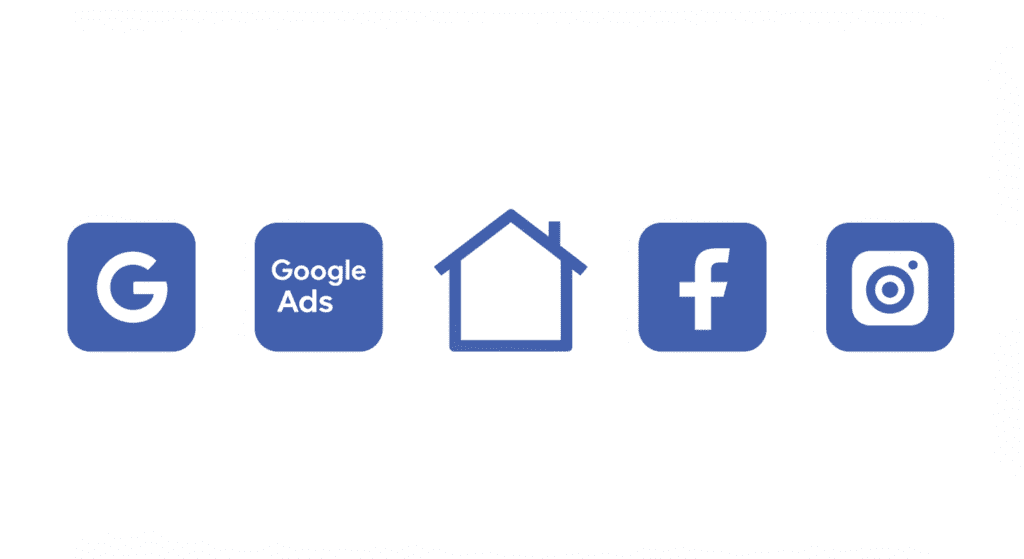
Real Estate Wholesaling Success Demands Speed and Systems
In real estate wholesaling, speed always wins. The first investor to reach a motivated seller usually gets the deal. Paid ads bring leads fast, but you must be ready to act even faster. Without a structured CRM, speed becomes chaos. You make calls but forget to take notes. You text sellers but lose the conversation thread. You set appointments but double-book by accident.
Podio for real estate fixes all of that. Every lead is entered. Every call is logged. Every task is assigned. Every status is updated automatically. REI Podio CRMs customizes all of this for you. Their workflows ensure nothing gets missed, even when you’re juggling dozens of leads at once. You never lose a seller because you forgot to call back. You never lose a deal because you missed an email. Your real estate wholesaling business becomes a well-oiled machine that moves at the speed of opportunity.

CRM for Real Estate Wholesalers Makes Paid Ads Worth Every Penny
Running ads is exciting at first. Leads pour in. Your phone rings off the hook. But without a CRM for real estate wholesalers, that excitement quickly turns into frustration. Paid ads cost real money. Every lead matters. Wasting even one because of poor follow-up hurts your bottom line.
With Podio CRM, every dollar you spend becomes an investment instead of a gamble. Leads are tracked by source, allowing you to see exactly which campaigns produce the best ROI. You can A/B test ads and monitor real conversion rates. REI Podio CRMs even have built-in reporting dashboards so you can adjust on the fly. This real-time insight means you stop wasting money on underperforming ads and double down on the ones that work. Paid ads plus a smart CRM equals a growth formula that few other wholesalers can match.business.

Podio Customization Gives You Control Over Every Lead Flow
No two wholesaling operations are the same. Some focus on high equity lists. Others target probate or pre-foreclosure. That’s why Podio customization is critical when building your paid ads strategy. You need a CRM that matches your lead types, your follow-up timing, and your acquisition process.
REI Podio CRMs delivers exactly that. With their customized setup, you can create different workflows for different lead sources. Facebook leads might need faster text follow-ups. Google PPC leads might be ready for immediate offers. Podio allows you to segment, assign, and automate based on the seller’s motivation and urgency. This flexibility means you work smarter, not harder. Every lead gets the right follow-up at the right time. And your real estate wholesaling business sees faster, more consistent closings without adding chaos to your day.
Best CRM for Real Estate Wholesalers & Investors Running Paid Ads
You can’t afford to run paid ads without the right system backing you up. The best CRM for real estate wholesalers & investors must handle speed, volume, and automation effortlessly. Podio, especially customized by REI Podio CRMs, does just that. It gives you control over your entire marketing funnel—from first click to contract.
While other CRMs try to be everything for everyone, Podio stays focused. It lets you build a lead management flow that matches how you do business. You’re not stuck adapting to the software. The software adapts to you. This is what makes REI Podio CRMs so valuable. They bring years of wholesaling experience to their builds, giving you a system that’s proven to work. With the right CRM and a strong paid ads strategy, your real estate wholesaling business will never run dry.
REI Podio CRMs Makes Paid Ads Scalable and Predictable
Most wholesalers hit a ceiling after their first few ad campaigns. Lead flow grows. The organization crumbles. Deals get missed. Stress levels spike. REI Podio CRMs prevents that crash. They give you a scalable, predictable system to handle growth.
Your ads don’t just bring random contacts. They bring organized opportunities. Your CRM doesn’t just store information. It drives action. Every part of your lead funnel—from ad click to deal close—is mapped, measured, and optimized. With this level of structure, you can increase ad spend confidently, knowing your system will keep up. Paid ads don’t have to be a guessing game. With REI Podio CRMs and Podio as your foundation, they become a growth machine.
Conclusion: Paid Ads Work Best with Systems That Work Harder
Paid ads can change your business. But without structure, they can also drain your profits fast. That’s why serious wholesalers don’t just run ads—they build systems that make those ads pay off. Podio CRM, customized perfectly by REI Podio CRMs, turns paid ad chaos into profitable, scalable lead generation.
Your real estate wholesaling business deserves more than random marketing. It deserves a system where every click matters, every lead is followed up, and every opportunity is maximized. Stop treating ads like a gamble. Start treating them like the investment they are. With REI Podio CRMs behind your paid ads strategy, you can move faster, close smarter, and grow your business bigger than you thought possible.

